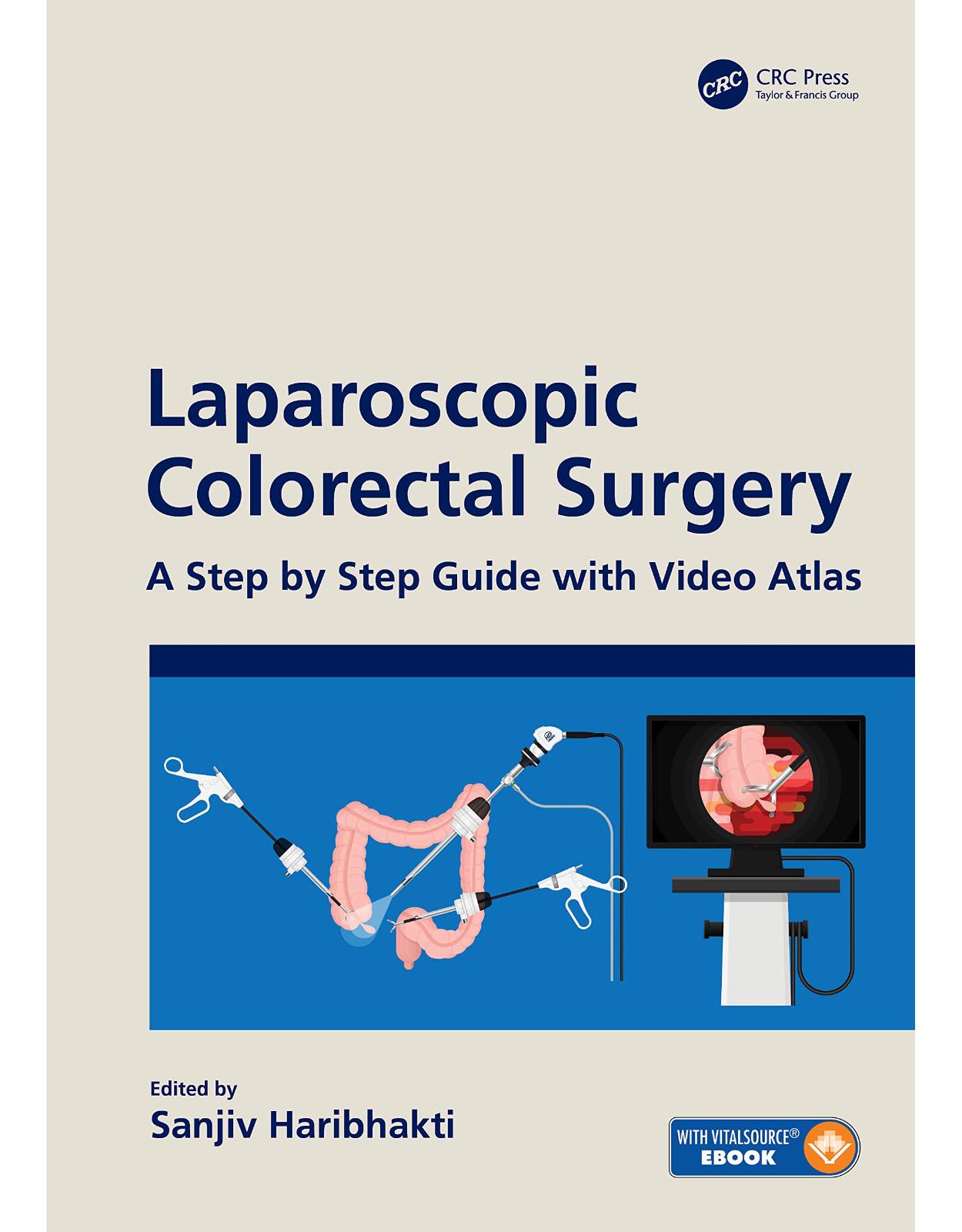
Laparoscopic Colorectal Surgery: A Step by Step Guide with Video Atlas
Livrare gratis la comenzi peste 500 RON. Pentru celelalte comenzi livrarea este 20 RON.
Disponibilitate: La comanda in aproximativ 4 saptamani
Autor: Sanjiv Haribhakti
Editura: CRC Press
Limba: Engleza
Nr. pagini: 259
Coperta: Hardcover
Dimensiuni: 22.23 x 1.91 x 29.21 cm
An aparitie: 27 Nov. 2020
Description:
This comprehensive book provides the reader a perspective of the current evidence-based management of Laparoscopic Colorectal Surgery. It covers sections on benign surgery for IBD, diverticulitis, rectal prolapse etc. along with the procedures for colon and rectal cancers, including laparoscopic TME. The accompanying videos complement the text imparting specific operative skills of exposure, retraction, countertraction, dissection, vascular control, hemostasis, laparoscopic Stapling, anastomosis, specimen extraction and stoma formation. This book aims to help surgeons to learn, standardize, practice and master the complex skills of Laparoscopic colorectal surgery. Key Features Provides step by step solution to the difficulties encountered by the beginners by covering a section on bugbears. Caters to General, GI, Oncology and Colorectal surgeons who have the adequate basic laparoscopic skills and have already been doing some advanced laparoscopic surgery in form of laparoscopic Upper GI and bowel surgery and would want to start laparoscopic colorectal surgery. Covers a section on Robotic and single incision laparoscopic surgery providing the contemporary knowledge in this emerging field, whereas a section on trans-anal surgery provides a futuristic dimension to this field.
Table of Contents:
Video Atlas of Laparoscopic Colorectal Surgery
Foreword
Preface
Acknowledgments
Editor
Contributors
Section I: Introduction and Basic Concepts
1. History, Evolution, and Current Scenario of Laparoscopic Colorectal Surgery
Learning objectives
Introduction
Evolution of laparoscopic surgery
Technological evolution
Evolution of laparoscopic surgery in general
Technical evolution of rectal cancer surgery
Evolution of laparoscopy for colorectal cancers
Evolution of laparoscopic surgery for benign colorectal condition
Rectal prolapse
Inflammatory bowel disease
Diverticular disease
Laparoscopic colorectal surgery in emergency situations
Future of laparoscopic colorectal surgery
Summary
Key points
References
2. Training for Laparoscopic Colorectal Surgery
Learning objectives
Introduction
Laparoscopic surgery in colorectal diseases
Knowledge of basic laparoscopic surgical skills
Learning tools, techniques and methodologies
Animal and human cadaver training models
Endotrainer box
Virtual reality simulators
Training in a specialized colorectal unit
Standard training models for teaching advanced laparoscopic skills in colorectal surgery
General surgery apprenticeship and traineeship programmes
Fellowships in MAS or advanced laparoscopy
Master class or dedicated fellowship courses
Preceptorship and proctorship
Highly structured training courses
LAPCO programme
Training of a laparoscopic colorectal surgeon
Summary
Key points
References
3. Clinical Anatomy Related to Laparoscopic Colorectal Surgery
Learning objectives
Introduction
Embryological development of the colon and rectum
Vascular anatomy of colon and rectum
Arterial supply
Venous drainage
Lymphatic drainage of the colon and rectum
Fascias of colon and rectum
Posterior relationships of colon
Summary
Key points
References
4. Basic Principles and Techniques of Laparoscopic Colorectal Surgery
Learning objectives
Introduction
Potential benefits of laparoscopic colorectal surgery
Training in laparoscopic colorectal surgery
Basic principles of laparoscopic colorectal surgery
Patient preparation
OR setup
Standard port placements
Initial entry and initial assessment
Instrumentation
Energy sources
Staplers and accessories
Standard operative steps
Laparoscopic ileocaecal resection or right hemicolectomy for ileocaecal tuberculosis
Laparoscopic suture rectopexy for rectal prolapse
Laparoscopic sigmoid colectomy for sigmoid colon cancer
Laparoscopic APR for ultra-low rectal cancers
Laparoscopic anterior resection and low anterior resection for rectal cancers
Laparoscopic left hemicolectomy for descending colon cancer
Laparoscopic right hemicolectomy for right colon cancer
Laparoscopic transverse colectomy
Laparoscopic restorative proctocolectomy and ileal pouch anal anastomosis
Laparoscopic total colectomy and ileorectal anastomosis
Laparoscopic total proctocolectomy and ileostomy
Laparoscopic reversal of Hartmann’s operation
Laparoscopic colon replacement for corrosive strictures
Newer techniques and adjuncts
Intersphincteric dissection and coloanal anastomosis
Transvaginal/transanal specimen removal
Proximal diversion
Neoadjuvant chemoradiation
Adjuvant chemotherapy
Conversion in laparoscopic colorectal surgery
Complications of laparoscopic colorectal surgery
Summary
Key points
Videos
References
5. Patient Selection
Learning objectives
Introduction
Why selection of patient is essential?
Summary
Key points
References
6. Stoma and Its Complications
Learning objectives
Introduction
Stoma marking, counseling, and consenting
Indications for temporary stoma
Ileostomy versus colostomy
Preoperative oral antibiotics and mechanical bowel preparation
Anastomotic leak
Role of rectal drains to prevent stoma
Stoma care
Stoma complications
Mucocutaneous separation
Retraction/flush stoma
Bowel obstruction
Stenosis
Prolapse
Parastomal hernia
Granulomas
Pancaking
High-output ileostomy
Peristomal skin excoriations and infections
Stoma closure and its complications
Summary
Key points
Video
References
Section II: Perioperative Care of Patient
7. Bowel Preparation in Colorectal Surgery
Learning objectives
Introduction
The evidence
History of bowel preparation in colorectal surgery
Guidelines
Types of bowel preparation
Mechanical bowel preparation
Mechanical bowel preparation and oral antibiotic prophylaxis
Oral antibiotics alone
MOABP with IV antibiotics
Phosphate enemas
Contraindications for bowel preparation
Summary
Key points
References
8. ERAS in Colorectal Surgery
Learning objectives
Introduction
Components of ERAS protocols and current recommendations
Summary
Key points
References
9. Anesthetic Management of Laproscopic Colorectal Surgery
Learning objectives
Introduction
Preoperative assessment and optimization
Preoperative preparation
Physiological changes occurring during laparoscopic surgery
Effect on respiratory system
Effect on cardiovascular system
Renal and metabolic effect
Gastrointestinal effect
Anesthetic techniques and intraoperative monitoring
Goal-directed fluid therapy
Blood transfusion
Recovery
Pain control
Morbidity and mortality
Summary
Key points
References
10. Complications in Laparoscopic Colorectal Surgery
Learning objectives
Introduction and incidence
Classification of complications
Small bowel and duodenal injury
Splenic injury
Pancreatic and gastric injury
Major vessel injury
Surgical site infection
Wound disruptions
Early postoperative small bowel obstruction and postoperative ileus
Presacral bleeding
Ureteral injury
Bladder injury
Urethral injury
Urinary dysfunction
Sexual dysfunction
Female infertility
Minor bleeding
Major bleeding
Anastomotic dehiscence and leaks
Chronic presacral sinus
Strictures
Fistulas
Summary
Key points
Video
References
Section III: Laparoscopy in Benign Colorectal Diseases
11. Laparoscopic Ileocecal Resection
Learning objectives
Introduction
Applied anatomy and physiology of the ileocecal area
Indications
Contraindications
Difference in resection between benign and malignant indications
Preoperative preparation
Results and consequences of resection
Summary
Key points
Video
12. Laparoscopic Appendectomy
Learning objectives
Introduction
Indications
Absolute contraindications
Relative contraindications
Selection of patients
Preoperative preparation
OR setup
Operative steps
Postoperative course and recovery
Postoperative complications
SILS appendicectomy
Advantages of laparoscopic surgery
Disadvantages of laparoscopic surgery
Summary
Key points
Video
References
13. Laparoscopic Sigmoid Colectomy for Diverticulitis
Learning objectives
Introduction
Acute diverticulitis
Diagnosis of acute diverticulitis
Management of acute complicated diverticulitis
Choice of procedure
Laparoscopic versus open approach
Advantages of laparoscopy in an acute setting
Disadvantages of laparoscopy in an acute setting
Prerequisites for laparoscopy in an acute setting
Technical challenges in laparoscopy in the acute setting
Laparoscopic lavage in acute diverticulitis
Literature review
Patient positioning
Port placement
Operative steps
Complications
Conversion to laparoscopic colectomy
Laparoscopic sigmoid colectomy in acute diverticulitis
Operative steps
Complications
Summary
Key points
Video
References
14. Laparoscopic Rectopexy for Rectal Prolapse
Learning objectives
Introduction
Historical perspective
Types of rectal prolapse
Oxford rectal prolapse grading system (ORPG)
Indications for surgery
Goals of surgery
Surgical options
Selection of approach and controversies
Preoperative evaluation
Preoperative preparation
Operative principles for posterior suture/mesh/resection rectopexy
OR setup
Port placements
Operative steps of laparoscopic suture/resection rectopexy
Operative techniques
Postoperative care and early outcomes
Postoperative complications
Long-term functional results
Robotic rectopexy
Summary
Key points
Videos
References
15. Laparoscopic-Assisted Stomas and Stoma Reversal
Learning objectives
Laparoscopic stoma formation
Loop ileostomy
Loop stoma reversal
Colostomy
Sigmoid colostomy
Transverse colostomy
Sigmoid stoma reversal (Hartmann’s reversal)
Operative approach
SILS stoma
Complications
Summary
Key points
Videos
References
16. Laparoscopic Restorative Proctocolectomy and Ileal Pouch Anal Anastomosis
Learning objectives
Introduction
Goals of surgery
Surgical options
Selection of patients
Indications for RPC-IPAA
Contraindications for RPC-IPAA
Advantages of RPC-IPAA
Disadvantages of RPC-IPAA
Operative principles of laparoscopic assisted RPC-IPAA
Preoperative preparation
Operative steps
OR setup
Port placement philosophy
Operative technique
Postoperative care and usual recovery
Postoperative complications – early and late
Pouchitis
Pouch failure
Stricture
Fecal incontinence
Pouch dysplasia/cancer
Sexual dysfunction
Female infertility
Anal transition zone inflammation
Anal transitional zone dysplasia
Functional results of RPC-IPAA
Controversies
Authors’ experience
Summary
Key points
Videos
References
17. Parastomal Hernias
Learning objectives
Introduction
Incidence of PH
History of laparoscopy in stomal surgery
Classification of PH
Risk factors
Diagnosis of PH
Indications and contraindications for surgery
Surgery for PH
Prevention of parastomal hernia
Transrectus or pararectus
Size of the trephine
Extraperitoneal approach
Role of prophylactic mesh
Techniques of repair
Onlay mesh repair
Intraperitoneal mesh repair
Laparoscopic versus open repair
Recurrence
Recurrent PH repair
Robotic PH repair
Summary
Key points
Videos
References
Section IV: Laparoscopy Colorectal Cancer Surgery
18. Laparoscopic versus Open Colorectal Resection: An Evidence-Based Review
Learning objectives
Introduction
Historical perspectives of laparoscopic colorectal surgery
Filling the gap between open and laparoscopic surgery
Laparoscopic-assisted techniques
Hand-assisted techniques
Evidence for quality of life after laparoscopic colorectal cancer resection
Rectal cancer
Efficacy of minimal invasive surgery for rectal malignancy
Locally advanced rectal disease
Indications for extended lymphadenectomy in rectal cancer
Future of laparoscopic colorectal surgery
Summary
Key points
References
19. Laparoscopic Right Hemicolectomy for Right Colon Cancer
Learning objectives
Introduction
Definition
Indications
Preoperative work up
Operative technique
Positioning and port placement
Operative steps
Postoperative care
Role of SILS (single incision laparoscopic surgery)
Summary
Key points
Videos
References
20. Laparoscopic Transverse Colectomy for Transverse Colon Cancer.
Learning objectives
Introduction
Anatomy
Evidence of laparoscopic resection
Preoperation preparation
Steps of laparoscopic transverse colectomy
Port placement
Greater omentum dissection
Ligation of the middle colic vein and artery
Mobilization of the mesocolon
Delivery of the colon
Summary
Key points
References
21. Laparoscopic Hemicolectomy for Left Colon Cancer
Learning objectives
Introduction
Vascular anatomy of the left colon
Lymphatic drainage of the left colon
Complete mesocolic excision (CME)
Resection templates for left colon cancer
Laparoscopic left hemicolectomy: Surgical technique
Surgical steps
Summary
Key points
Video
References
22. Laparoscopic Anterior Resection and Total Mesorectal Excision for Rectosigmoid Cancer
Learning objectives
Introduction
Preoperative patient preparation
Operating room: Patient position and draping with placement of equipment and team
Position of the patient
Position of the surgeon and equipment
Initiating the procedure: Port placement and laparoscopic instrumentation
Port placement
Instruments required
Performing the procedure
Medial to lateral dissection: Inferior mesenteric vein ligation
Medial to lateral dissection: Mesocolic dissection
Ligation of inferior mesenteric artery
Enter the lesser sac
Haray maneuver and posterior pelvic dissection
Lateral peritoneal dissection and mobilization of splenic flexure
Back to pelvic dissection (anterior and lateral dissection)
Distal rectal transection and anastomosis of the rectum
Extracorporeal procedure
Summary
Key points
Videos
References
23. Techniques for Laparoscopic Low Anterior Resection, Ultra Low Anterior Resection, and Inter Sphincteric Resection (ISR)
Learning objectives
Introduction
Indications
Contraindications
Laparoscopic total mesorectal excision
Preoperative preparation
Theater setup: Patient position
Ports position
Technique
Exploration of peritoneal cavity
Division of the inferior mesenteric pedicle (medial to lateral approach)
Medial to lateral mobilization of descending colon, splenic flexure, and transverse colon
Mobilization of lateral attachments of rectosigmoid and descending colon
Splenic flexure and transverse colon mobilization
Pelvic dissection
Posterior mobilization
Medial and lateral mobilization
Anterior mobilization
Distal occlusion
Rectal transection
Specimen removal
Anastomosis
Assessment of anastomosis
Intersphincteric resection
Diversion ileostomy
Postoperative care
Postoperative follow-up
Discussion
Summary
Key points
Videos
References
24. Laparoscopic Conventional Abdominoperineal (CAPE) and Extra-Levator Abdominoperineal Resection (ELAPE)
Learning objectives
Indications
Risk factors
Staging workup (with emphasis on how MRI helps in loco-regional staging and preoperative planning)
Function after low anterior resection, and low anterior resection syndrome (LARS)
Surgical considerations
LAR versus APR, sphincter preservation
Conventional APR versus ELAPE
ELAPE in supine versus prone position
Perineal closure in ELAPE
Pelvic floor reconstruction after ELAPE
Laparoscopic ELAPE
Preoperative preparation
Steps of the procedure: Tips and tricks
Options for perineal reconstruction
Sacrectomy
Maintaining intestinal continuity after APE
Quality of life (QOL) issues
Laparoscopic versus robotic rectal cancer surgery
Summary
Key points
Videos
References
25. Laparoscopic Subtotal/Total/Proctocolectomy
Learning objectives
Introduction
Definition
Indications
Synchronous colon cancer
Lynch syndrome
Obstructed left sided colon cancers
Familial adenomatous polyposis (FAP)
Ulcerative colitis
Crohn’s disease
Chronic severe constipation
Contraindications
Summary
Key points
References
26. Laparoscopic Management of T4 Tumor and Pelvic Exenteration for Locally Advanced Tumors
Learning objectives
Introduction
What is T4 colorectal cancers or LACRC?
Clinical presentation
Preoperative evaluation
Colonoscopy
Radiological imaging
Selection of patients for neoadjuvant chemoradiation
Role of laparoscopy and surgical technique for T4 colorectal cancers/LACRC
Key operative steps in routine laparoscopic colorectal surgery
Key differences in operative steps in T4 or LACRC
In male patients
Specimen retrieval and formation of ileal conduit and stapler anvil head insertion in male patients
In female patients
Special situations
Summary
Key points
Videos
References
27. Laparoscopic Surgery in Obstructed and Recurrent Tumors
Learning objectives
Introduction
Clinical presentation
Management
Treatment
Laparoscopic surgery in obstructed colorectal cancers
Laparoscopic surgery in recurrent colorectal cancers
Risk factors for recurrence
Classification of recurrences
Key steps for a safe surgery
Palliative resection
Postoperative care and follow-up
Summary
Key points
Video
References
28. Resection for Colorectal Liver Metastasis
Learning objectives
Introduction
Evaluation of resectability
Management of resectable liver metastasis
Timing of resection for synchronous liver metastases
Laparoscopic major (right/left) hepatic resection
Laparoscopic left lateral sectionectomy
Laparoscopic segmentectomies/Nonanatomical resections
Radiofrequency ablation
Management of unresectable liver metastasis
Outcomes of laparoscopic resection for CRLM
Management flowchart for colorectal liver metastases
Summary
Key points
References
29. Specimen Retrieval after Laparoscopic Colectomy and NOSE
Learning objectives
Introduction
Mini-laparotomy or convenient incision
Criteria for site selection
Transabdominal
BMI
Type of incisions for retrieval
Issues with mini-laparotomies
NOSE
Background
Selection factors for NOSE
Patient factors
BMI
Sex
Anatomic location
Specimen factors
Other potential factors
Summary
Key points
Video
References
Section V: Robotic Colorectal Surgery
30. Robotic Colonic Cancer Surgery
Learning objectives
Introduction
Equipment
General principles
Right hemicolectomy
Left and sigmoid colectomy
Transverse colectomy
Robotic colectomy in the era of complete mesocolic excision (CME)
Summary
Key points
References
31. Robotic Rectal Cancer Surgery
Learning objectives
Introduction
Preoperative preparation and precautions
Position, port placement, and instrumentation
Steps of surgery
Nerves
Margins
Vascularity
Robotics in rectal cancer
Conversion rate
Learning curve
Short-term clinical outcomes
Sexual and urinary functions
Oncological outcomes
Cost
Advantages of robot-assisted TME for rectal cancer
Summary
Key points
Videos
References
Section VI: Transanal Surgery
32. Transanal Minimally Invasive Surgery (TAMIS)
Learning objectives
Introduction
Indications
Reach of TAMIS
Risks of TAMIS
Contraindications
Evaluation of the lesion
Preparation of the lesion
Bowel preparation
Deep venous thrombosis prophylaxis
Prevention of urinary retention
Equipment and operative set-up
Equipment: Articulated stabilizing arm
Operative proctoscopes
Optics
Long instruments
Insufflator/suction/irrigation/light/electrocautery machines
Adaptable laparoscopic instruments
Harmonic scalpel
LigaSure
Resection options
Mucosectomy
Partial rectal wall excision
Full-thickness excision
Full-thickness excision with perirectal fat
Procedure
Complications
Peritoneal entry
Bleeding
Dehiscence
Conversion to laparotomy
Urinary
Anal incontinence
Recto-vaginal fistula
Summary
Key points
Video
References
33. Transanal Total Mesorectal Excision for Rectal Cancer
Learning objectives
Transanal TME history and results
Preoperative evaluation
Indications and contraindications
Preoperative assessment
Operative approach
Positioning
Abdominal dissection
Transanal dissection
‘Rendez-vous’
Anastomosis
Complications of taTME
Urethral injury
Carbon dioxide embolism
Anastomotic leaks
Summary
Key points
Videos
References
34. Combined Endoscopic-Laparoscopic Surgery (CELS) for Colorectal Polypectomy
Learning objectives
Introduction
CELS polypectomy surgical technique
Benefits and limitations of CELS polypectomy
Current research on CELS polypectomy
Summary
Key points
References
Section VII: Hand-Assisted AND Single-Incision Laparoscopic Colorectal Surgery
35. Hand-Assisted Laparoscopic Colorectal Surgery
Learning objectives
Introduction
HAL colorectal resections
Indications
Preoperative preparation
Surgical instruments
Surgical steps
Position
Incision and trocar placement
Camera port
Working port
Surgical procedure
Modifications
Summary
Key points
Video
References
36. Single-Incision Laparoscopic Colorectal Surgery
Learning objectives
Introduction
SILS ports and equipment
Robotic SILS
Single-incision laparoscopic appendectomy
Surgical tips
Single-incision laparoscopic right hemicolectomy
Surgical tips
Single-incision laparoscopic left hemicolectomy
Surgical tips
Single-incision laparoscopic anterior resection
Single-incision laparoscopic total colectomy
Surgical tips
Summary
Key points
Videos
References
Index
| An aparitie | 27 Nov. 2020 |
| Autor | Sanjiv Haribhakti |
| Dimensiuni | 22.23 x 1.91 x 29.21 cm |
| Editura | CRC Press |
| Format | Hardcover |
| ISBN | 9780367352844 |
| Limba | Engleza |
| Nr pag | 259 |
-
67400 lei 60000 lei

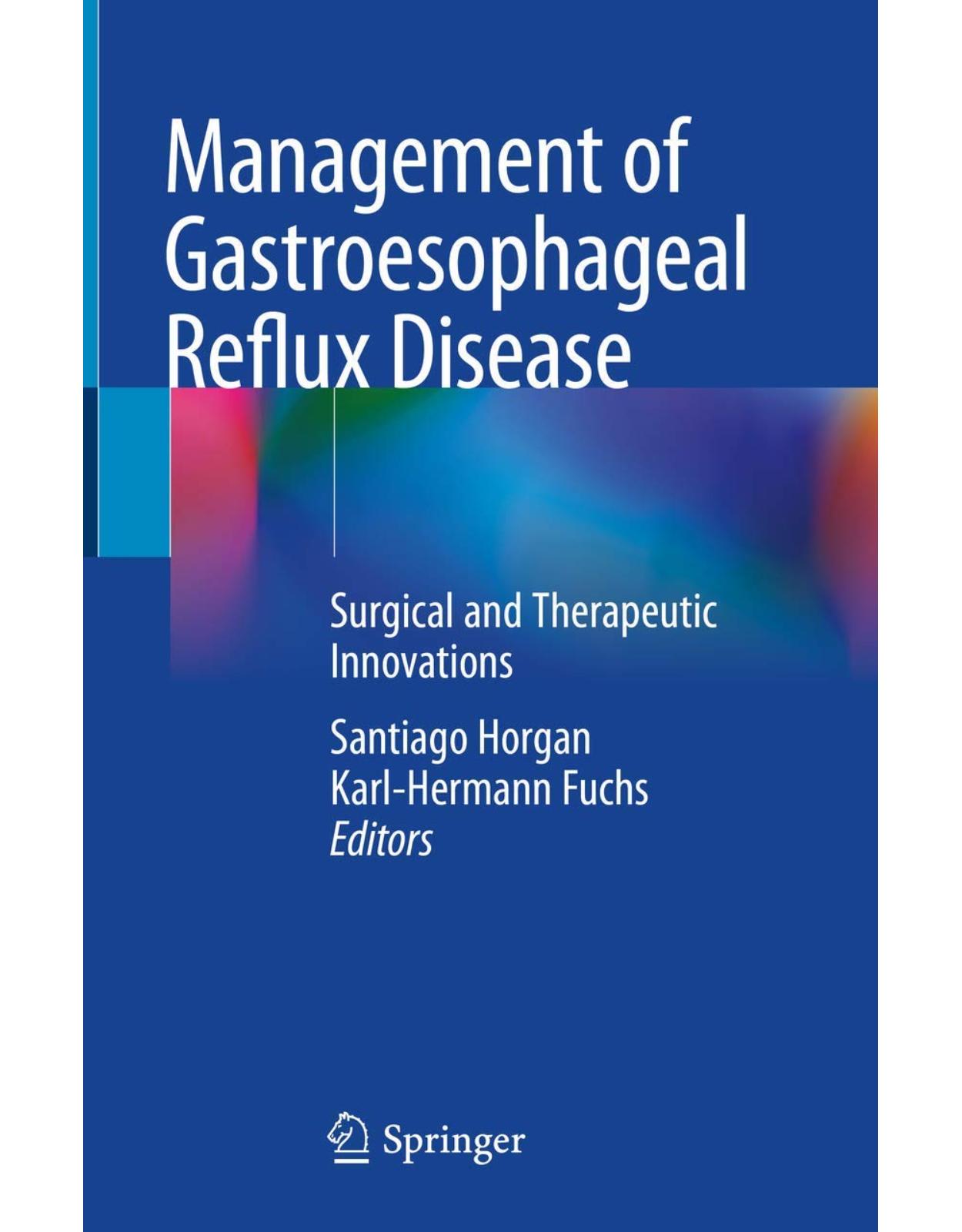
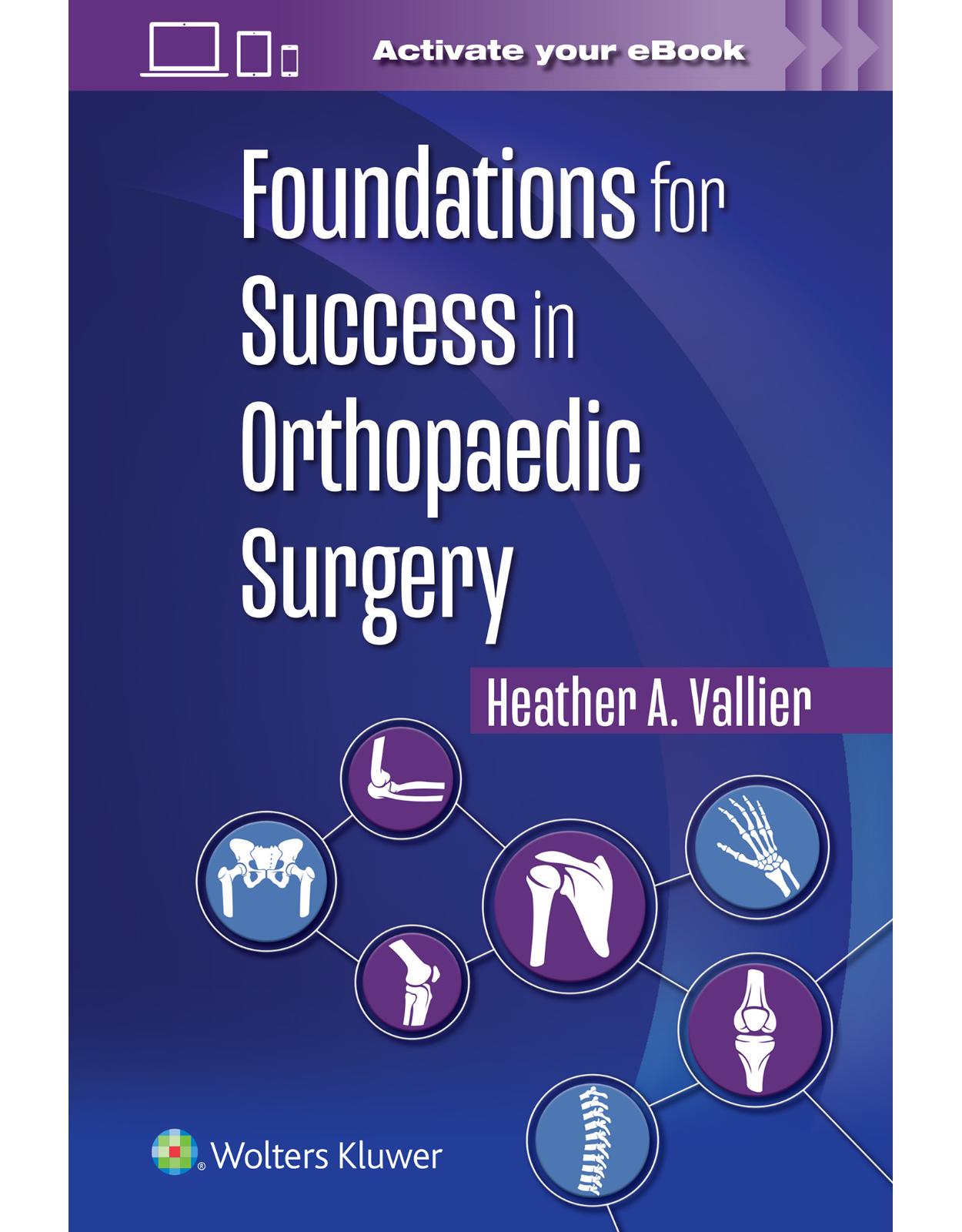
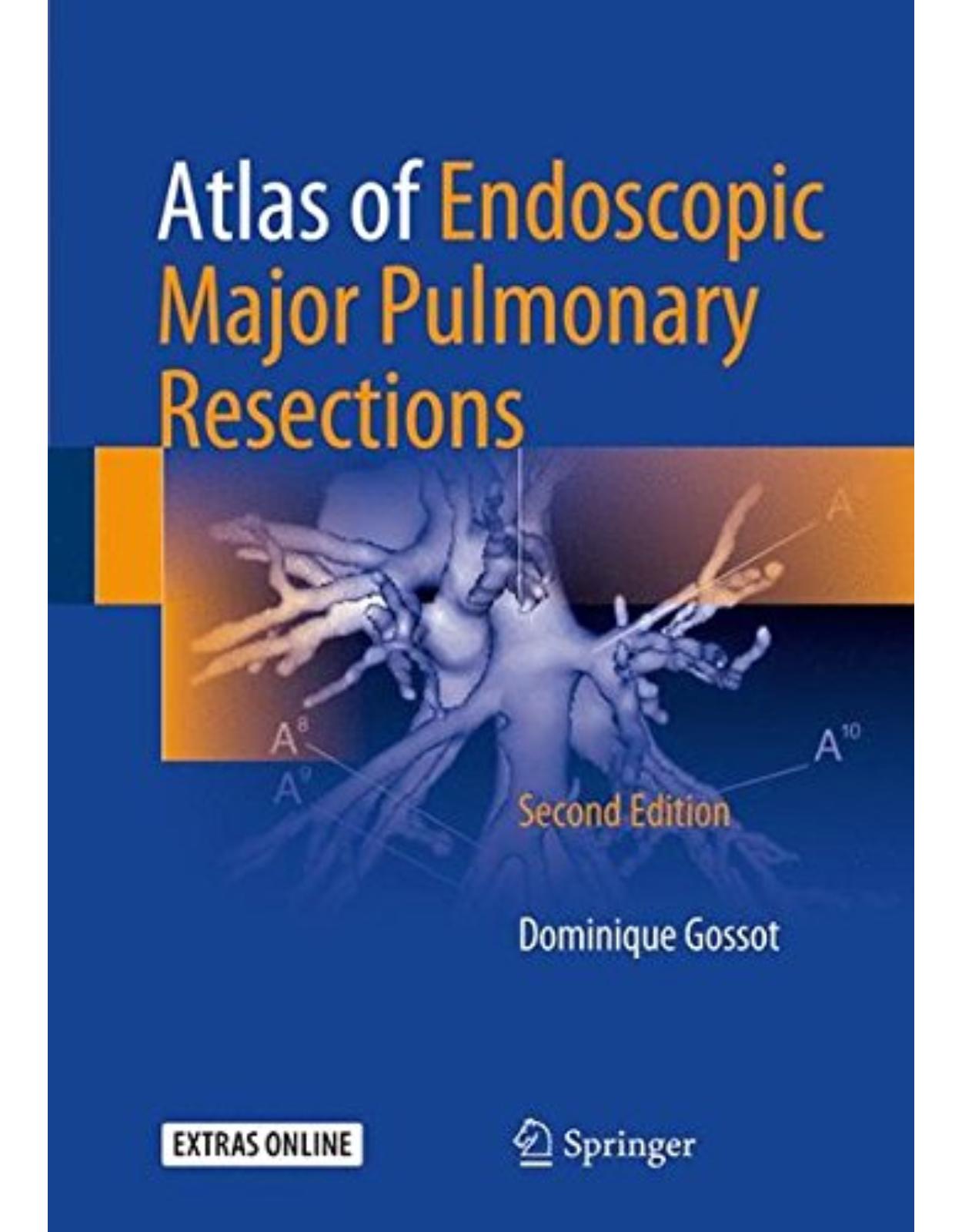
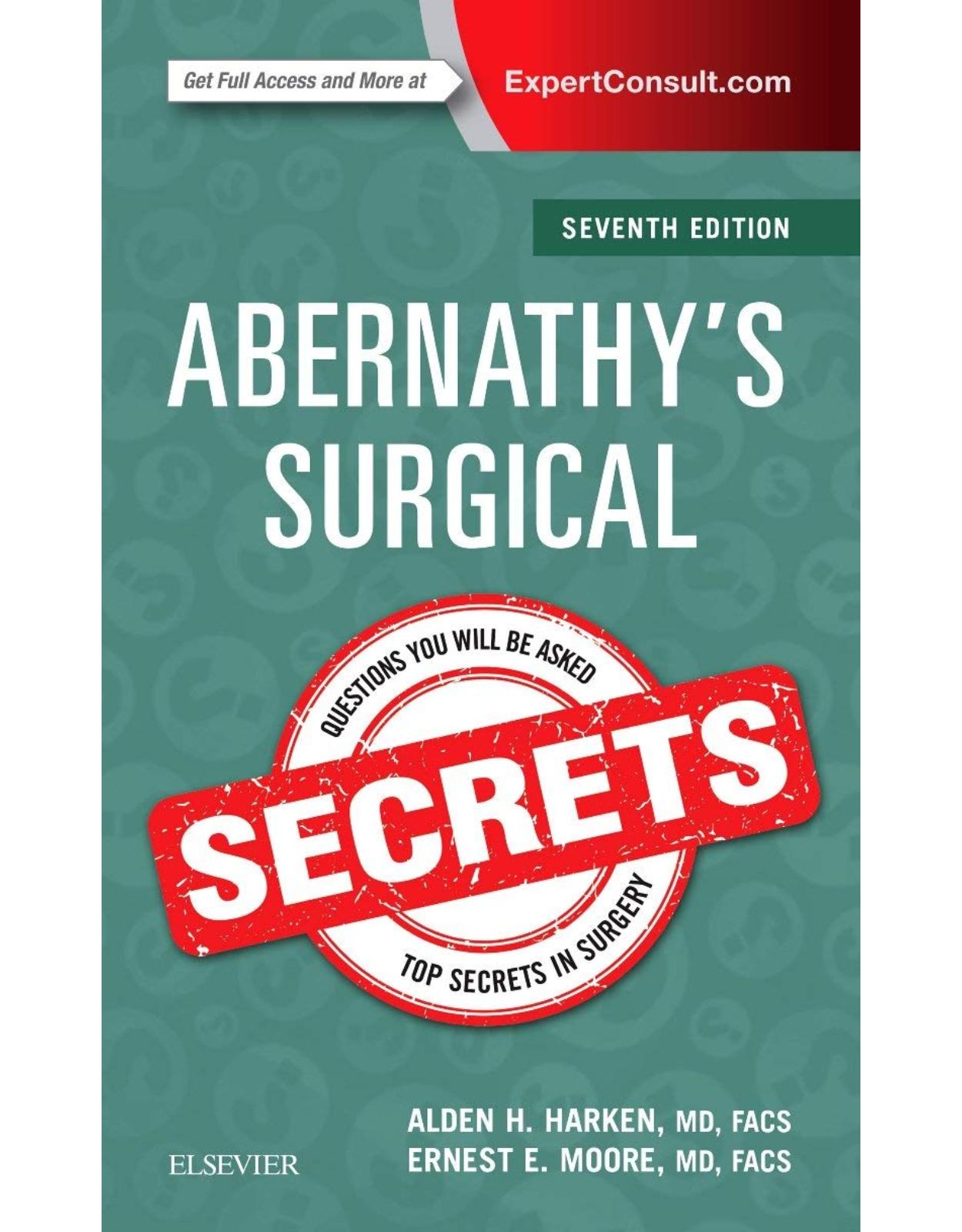
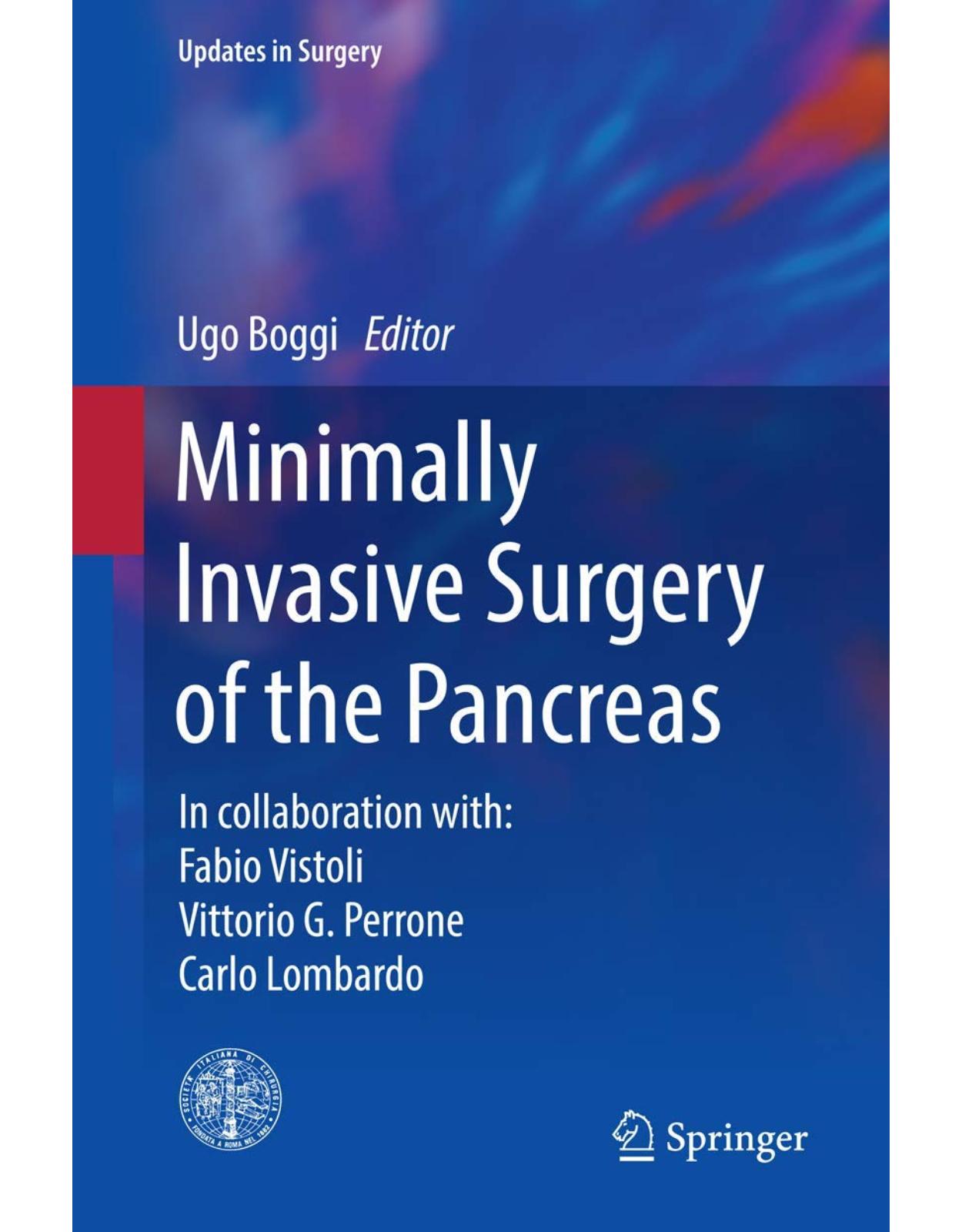
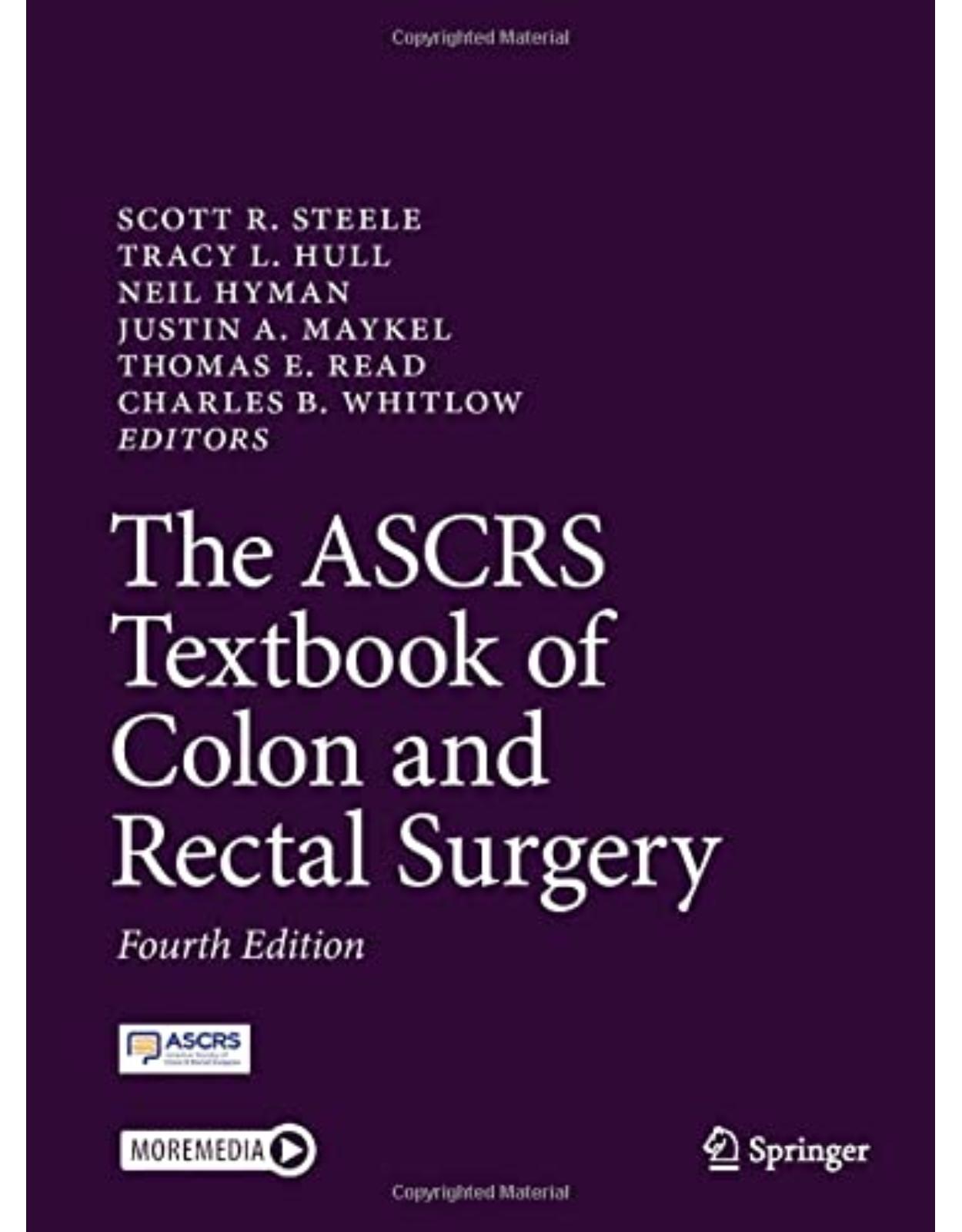
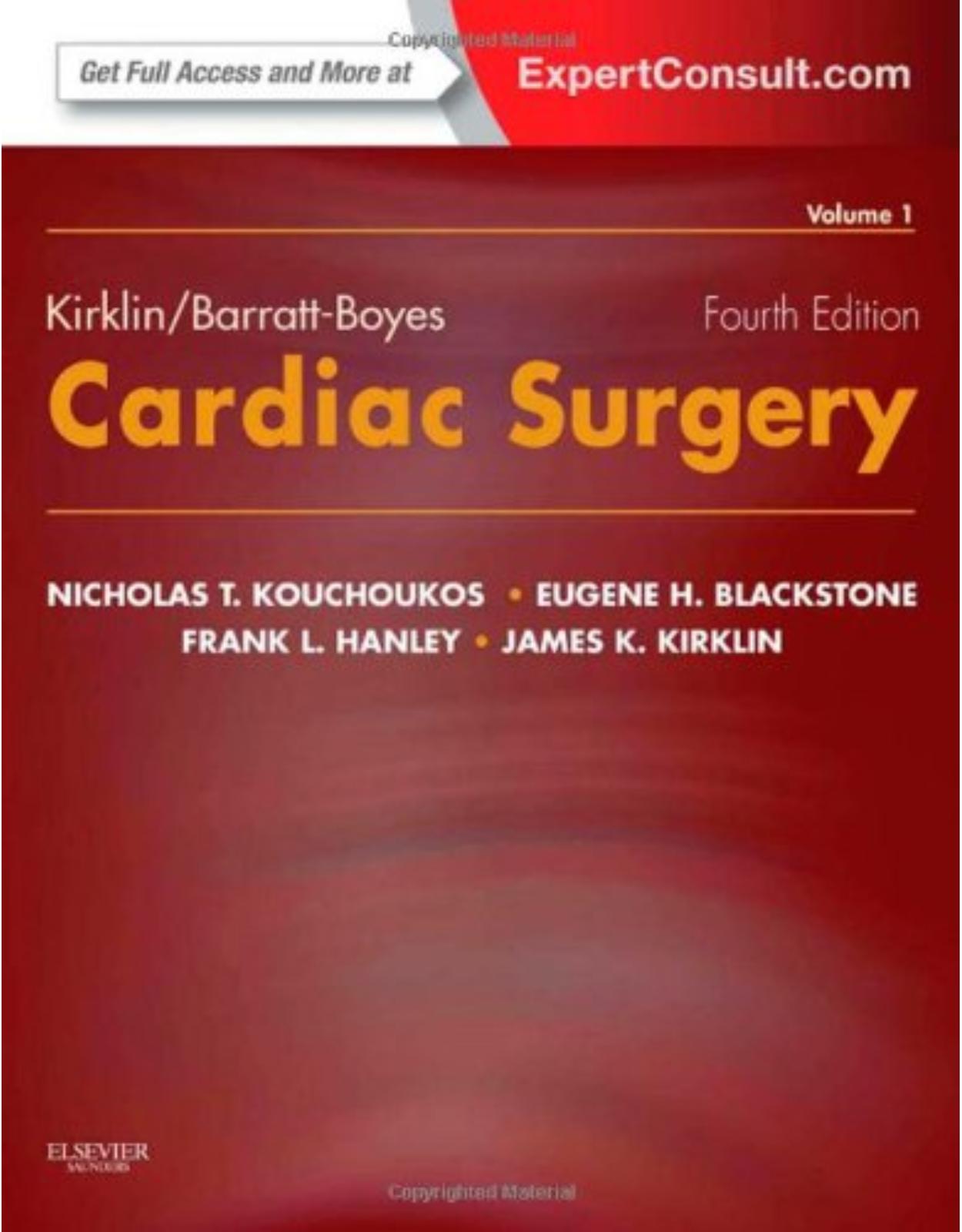
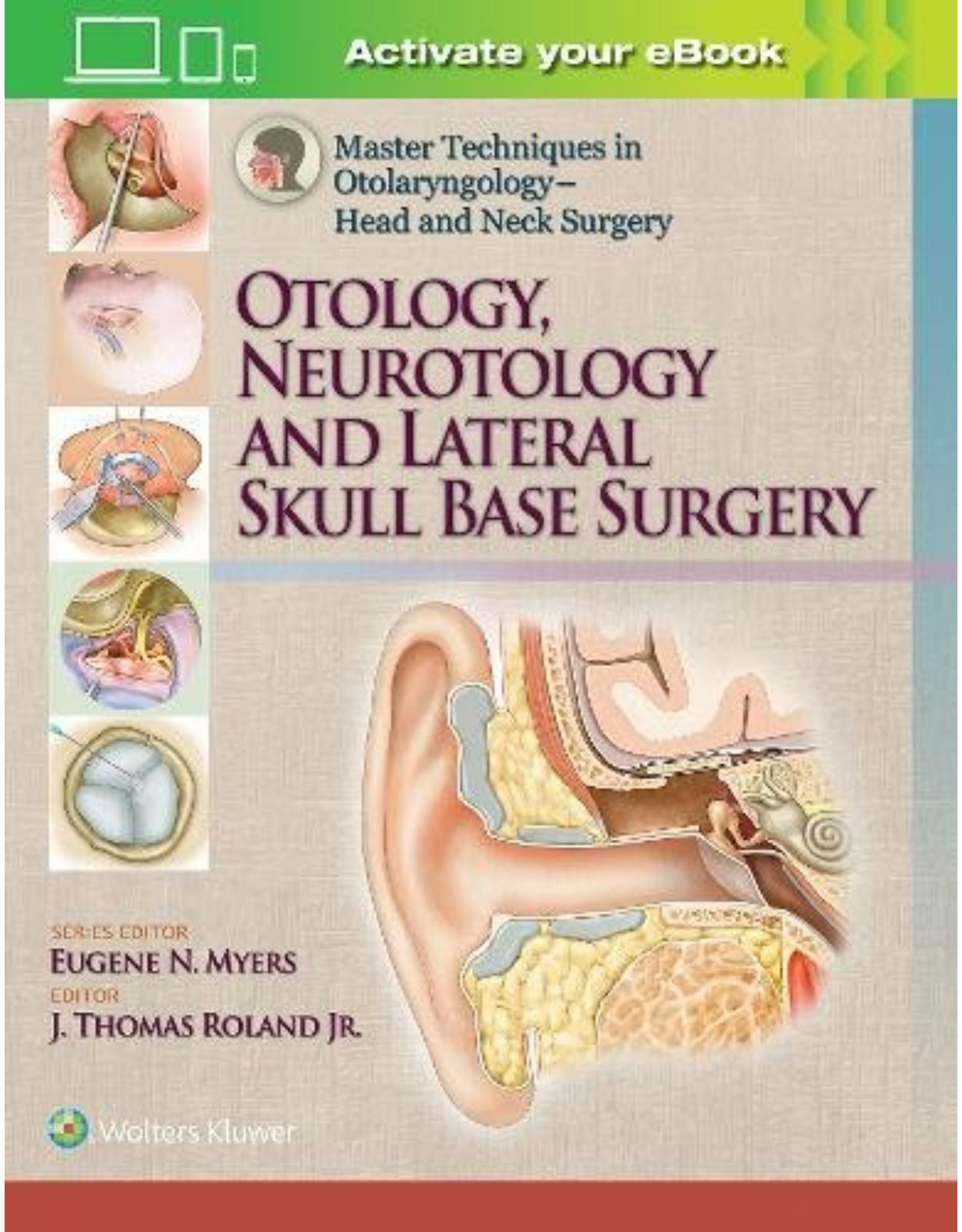

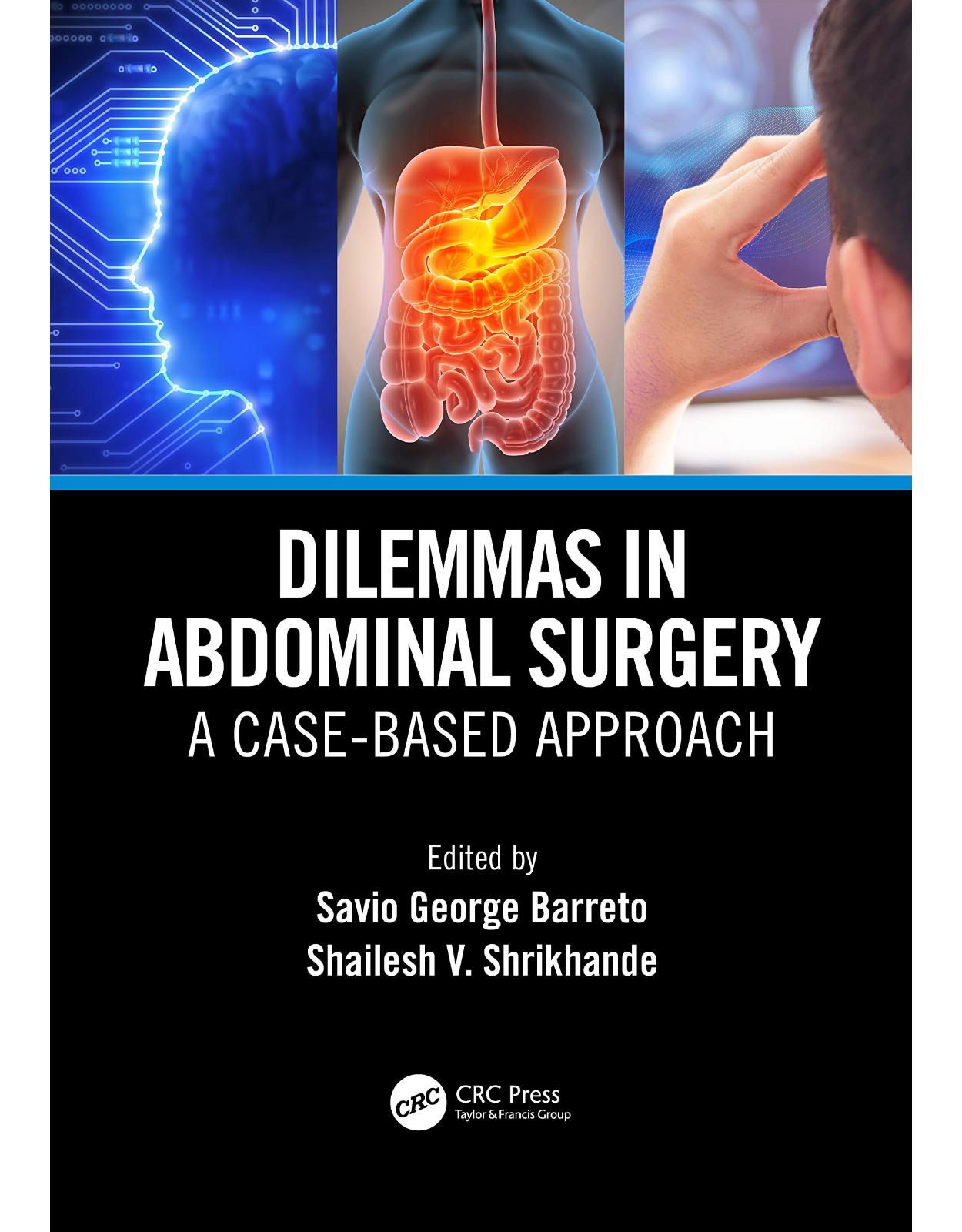
Clientii ebookshop.ro nu au adaugat inca opinii pentru acest produs. Fii primul care adauga o parere, folosind formularul de mai jos.